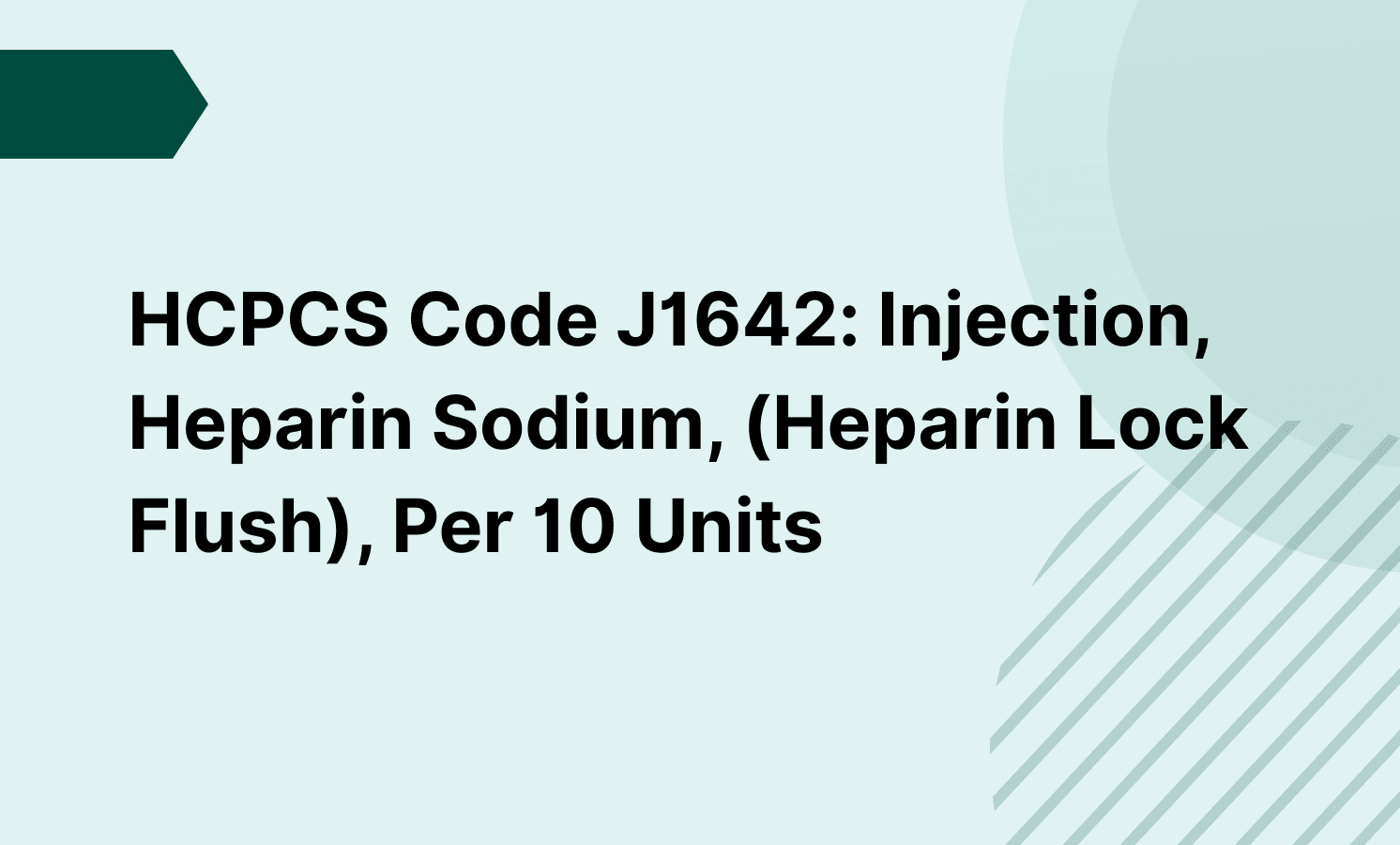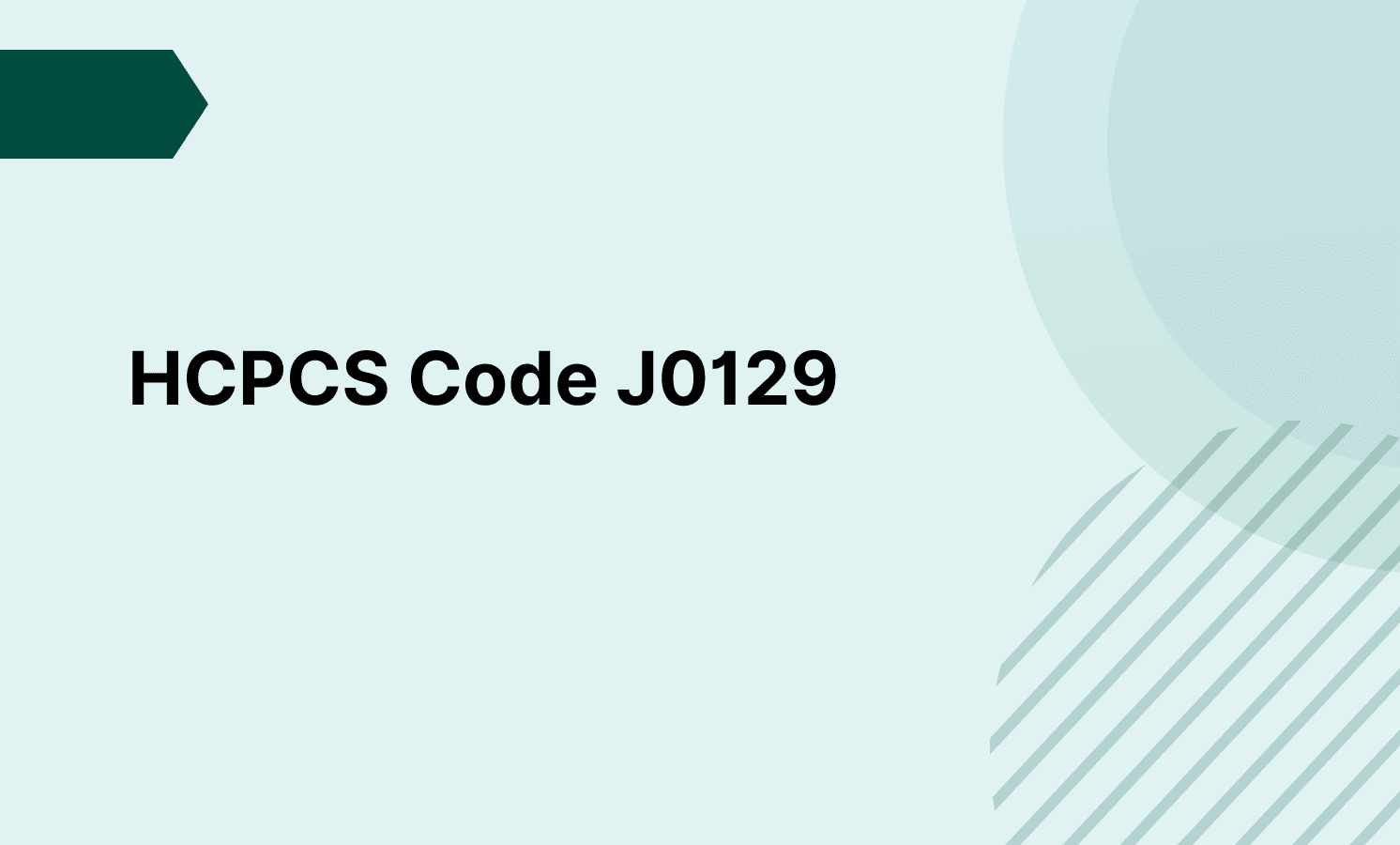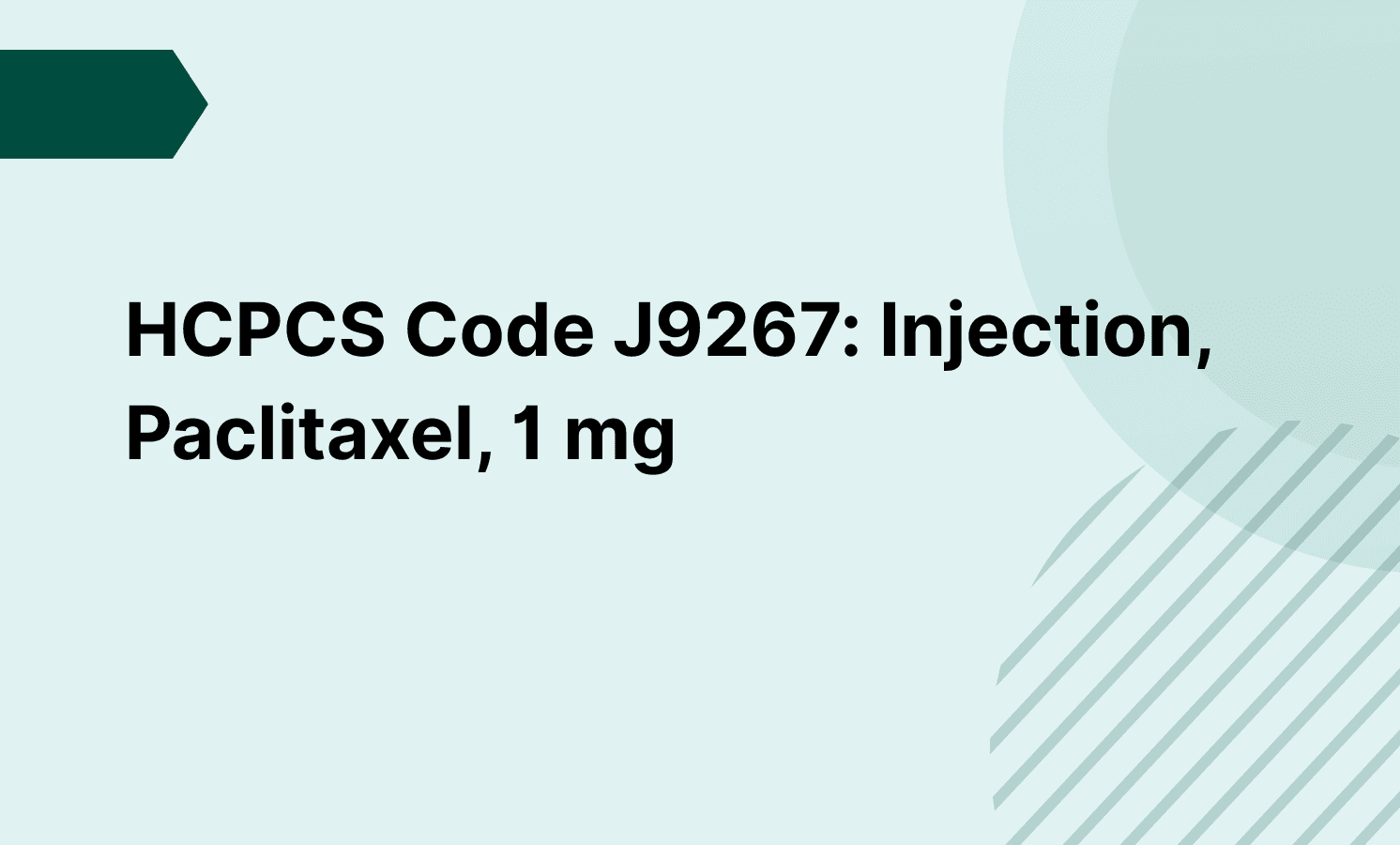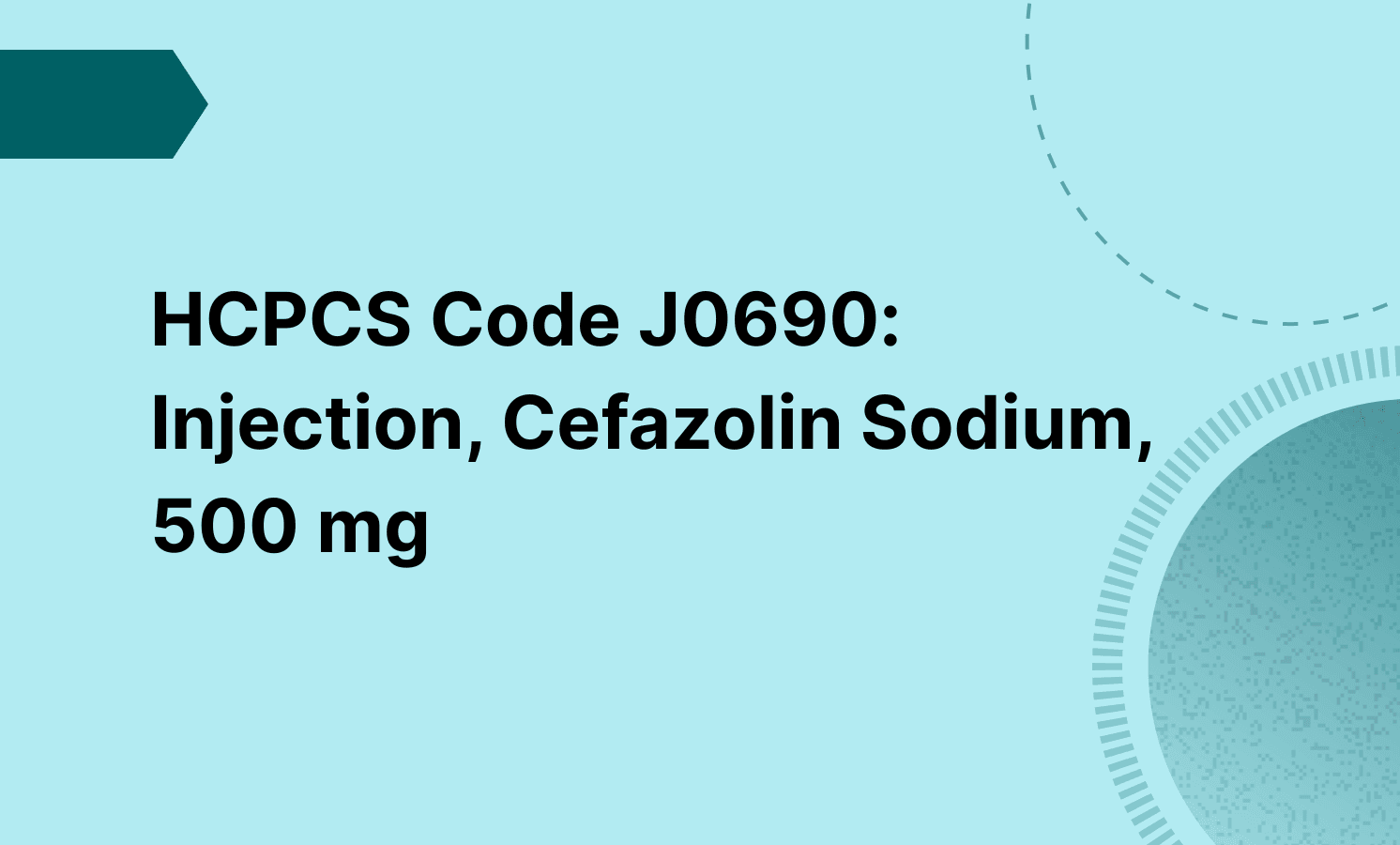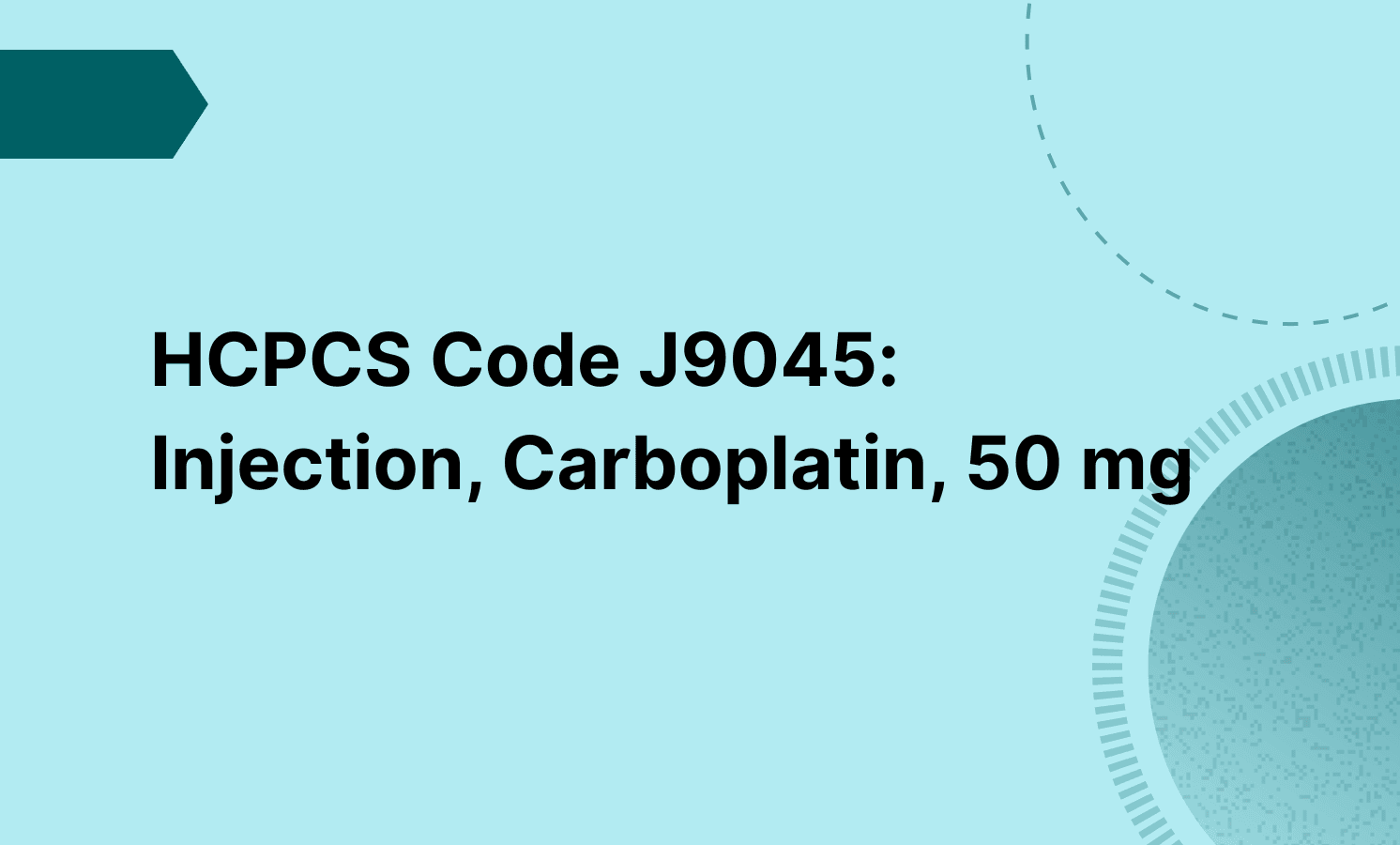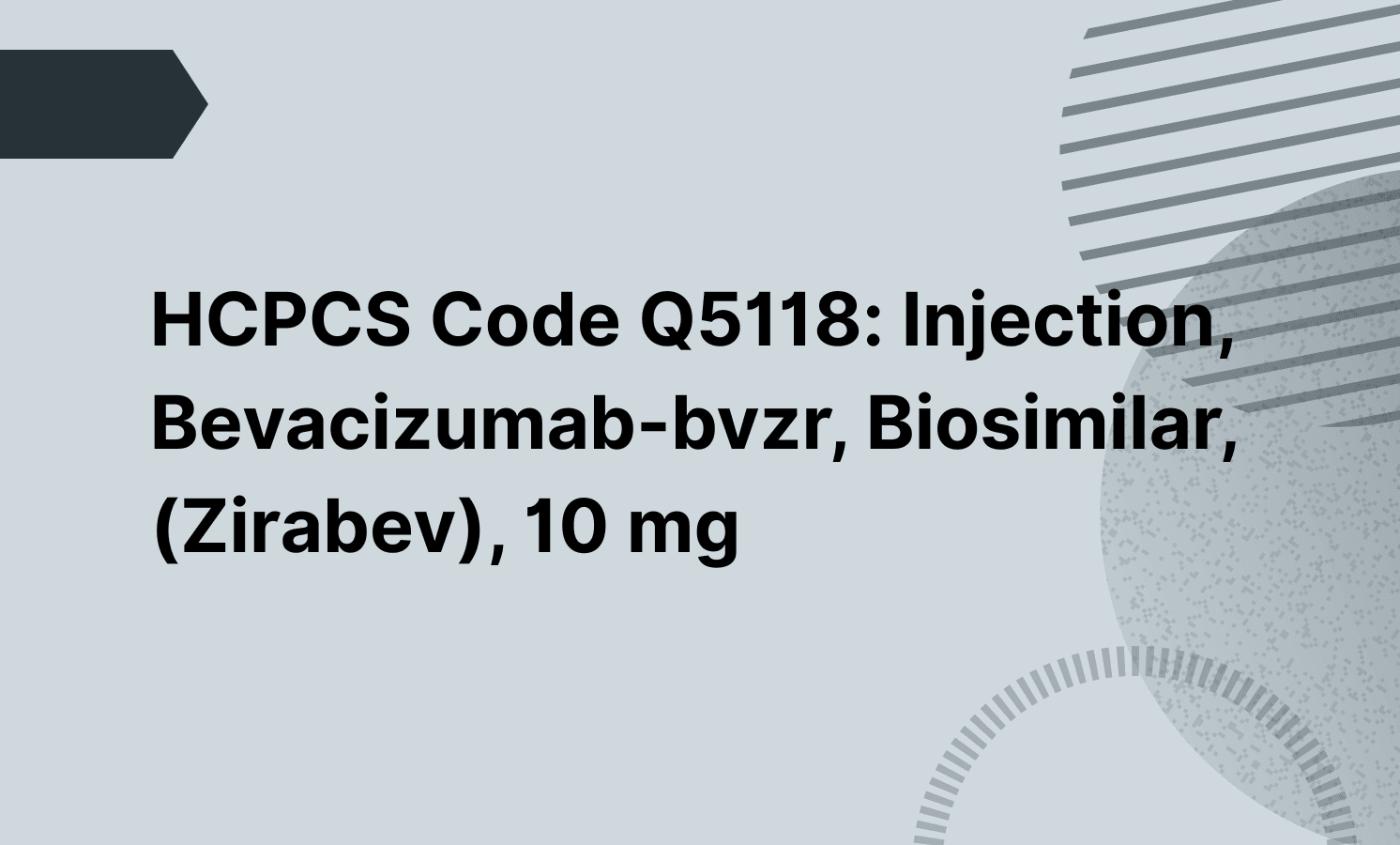78452 CPT code is used for myocardial perfusion imaging (MPI) performed via SPECT with multiple studies, including ECG gating, to assess blood flow and cardiac function under rest and stress conditions. It is primarily utilized to diagnose coronary artery disease, myocardial infarction, or assess treatment response.
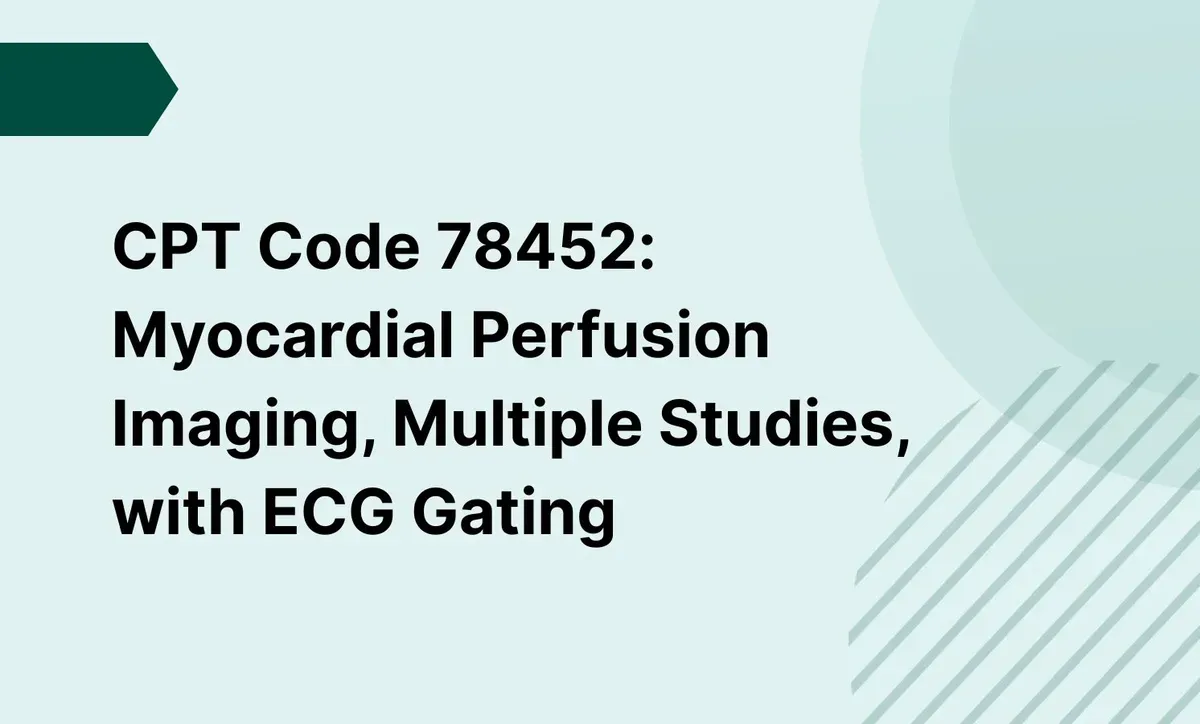
CPT Code 78452: Myocardial Perfusion Imaging, Multiple Studies, with ECG Gating
Learn about CPT Code 78452: Myocardial perfusion imaging via SPECT with ECG gating, billing guidelines, documentation, related codes, and FAQs.
Frequently asked questions
CPT code 78452 refers to tomographic (SPECT) myocardial perfusion imaging with multiple studies, while CPT code 78454 refers to planar (non-tomographic) myocardial perfusion imaging with multiple studies. The key difference is that 78452 uses advanced three-dimensional SPECT imaging, whereas 78454 uses traditional two-dimensional planar techniques.
CPT code 78452 is generally considered billable when the service is medically necessary and properly documented. However, coverage may vary depending on the patient's insurance plan and specific clinical guidelines.
EHR and practice management software
Get started for free
*No credit card required
Free
$0/usd
Unlimited clients
Telehealth
1GB of storage
Client portal text
Automated billing and online payments

